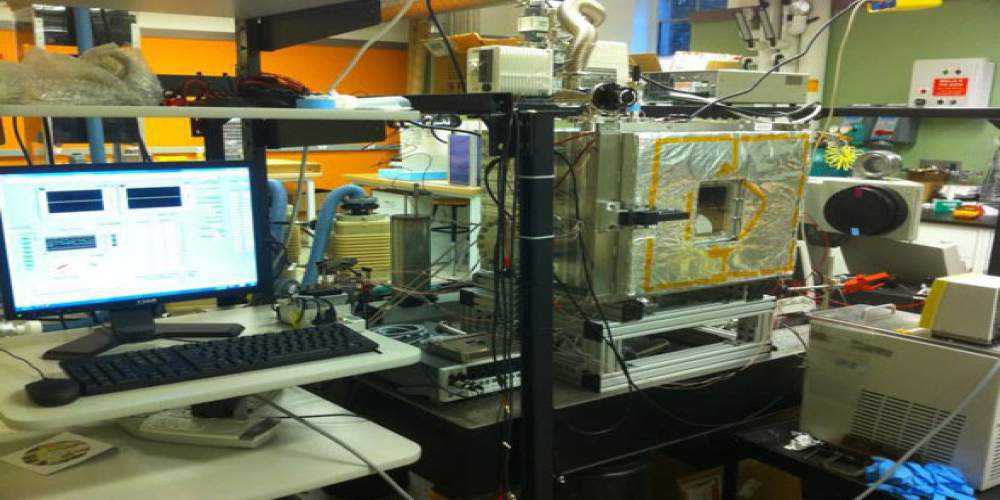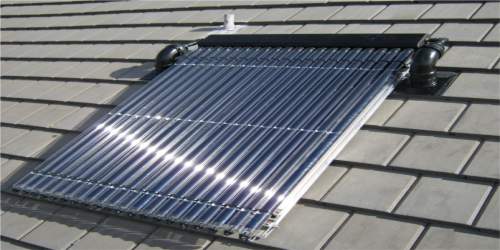Read Time : 1 Minutes
Solar Thermal Future Development
The development of solar thermal technology efficiencies
As the price of conventional fuel rises rapidly and as the technology becomes more affordable and accessible to the mass market, more and more people are turning to renewable energy solutions to provide environmentally friendly heating and electricity for their homes and businesses. This is being recognised by governments, who are trying to encourage the use of renewable energy through schemes like the Renewable Heat Incentive and the Renewable Heat Premium Payments. As the renewables market is growing exponentially, new technologies are being brought to the fore at a rapid pace. For example, solar technologies are becoming increasingly aesthetically pleasing and inconspicuous. It is also likely that more building-integrated solar collectors (such as the in-roof panel) will become readily available and standard in new build projects. Another example of this is the combined solar photovoltaic and thermal (solar PVT) panel, which is able to generate both electricity and heat. As solar PV panels are only around 15-20% efficient, the excess energy can be used for heating. This technology is not currently widely available in the UK, although it has had some success in the US.
COMPARE PRICES FROM LOCAL INSTALLERS
Compare prices from local companies fast & free
Enter your postcode to compare quotes from leading professionals. We promise to keep your information Safe & Secure. Privacy Policy
Solar thermal - Current developmental projects
Full-spectrum stacked solar-thermal and PV receiver
Devices like the Full-Spectrum Stacked Solar-Thermal and PV Receiver are currently under development and will see the sun’s rays filtered and split to provide both heat and electricity simultaneously, vastly increasing the efficiency of these hybrid devices.
Hetero-Epitaxial solar cell for hybrid converter
A Low-Cost Hetero-Epitaxial Solar Cell for Hybrid Converter is currently being developed under funding by the U.S. Department of Energy's Advanced Research Projects Agency-Energy program. This will see a utility scale technology developed that uses a dish-shaped receiver to concentrate the suns energy onto a receiver that splits the sunlight (via a colour-selective filter), into two components, one being sent to the solar cells for electricity and the other to a thermal receiver that stores the heat.
Liquid filter with Plasmonic Nanoparticles hybrid solar system
A liquid Filter with Plasmonic Nanoparticles hybrid solar system is being developed by the University of Tulsa that captures non-visible wavelengths of light to heat a fluid containing microscopic light-absorbing nanoparticles. The liquid would also transmit the part of the sun’s radiation spectrum most easily converted to electricity to a solar cell and pass waste heat back to the fluid. This heat in the fluid will be stored to provide low-cost solar energy when the sun goes down.
Find a local installer
Welcome to the biggest directory of UK renewable energy companies






 How do Solar Thermal Panels work
How do Solar Thermal Panels work






